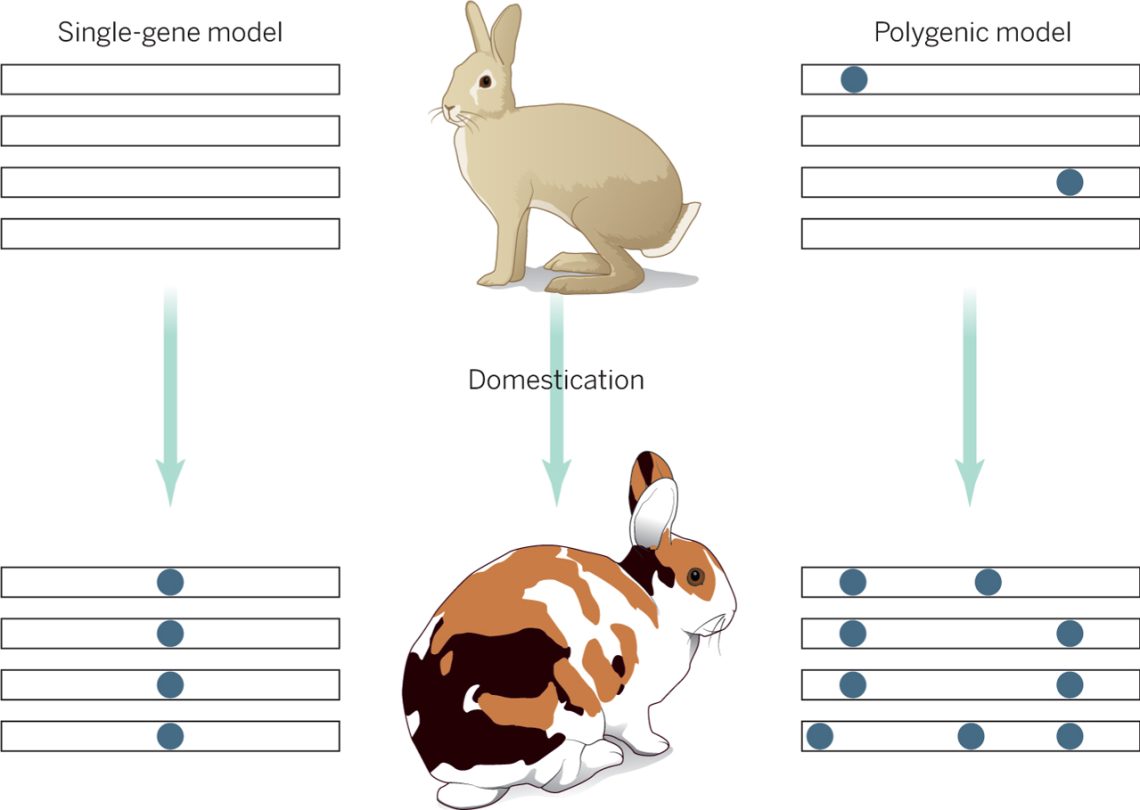
Domestication of rabbits
If you decide to get a decorative rabbit, you need to purchase everything you need to make him feel comfortable. After the purchase, give him some time to explore the new place of residence and look around. You must remember that you need to establish contact with the animal, so that he can trust you and the rest of the family. First of all, it is tactile contact, which helps to tame the animal.

Be patient and careful, try to show the rabbit that you are friendly and do not want to cause harm. It is very important to show this in movements and strokes, as animals always feel the mood of a person. If you try to forcefully hold the animal, thereby causing him discomfort, he will not trust you and will try to leave the “danger zone” as soon as possible, as soon as he sees the slightest opportunity to do so. Start with conversations. Talk to your pet, let him get used to your voice first, let him smell your hands, he should recognize you by smell.
You can also feed your pet from your hand, this will lower the animal’s protective barrier and help him relax.
You will definitely scare the animal if you forcibly pull it out of the cage. Open the cage, let the rabbit get out of it, and then stroke it, but very gently, do not make sudden and rough movements. Then you can gently pick him up, but if you see that he does not want to sit in your arms, let him go, let him get used to it a little, try again after a while. Watch the behavior of the animal, if it shrinks or shudders from your touch, then it does not like what you are doing.
Rabbits sometimes show aggression. You have to pick up on the subtle changes in his behavior in order to be able to determine what is really going on with him. Sometimes aggression is a sign of self-expression of the animal. You can turn her into energetic play, thereby giving an outlet to his aggression without harming himself or you.

If a rabbit bites on the legs when released from the cage, it may mean that he is sexually mature and needs a mate.
Since rabbits can see far, your hands constantly flashing in front of his face can annoy him and he may even repel them. In order not to cause such a reaction of the animal, try to keep your hands above his head, and not in front of his eyes. When you see the intention of the animal to bite you, try to gently press it to the floor and it will immediately understand everything.

Also, rabbits show aggression when they are prevented from spoiling wallpaper, wires, or any other household items in the house. You should know that they sharpen their teeth and show understanding, in no case should you beat the little animals! Just gently press his head to the floor, and loudly say “no”. After that, pick him up and take him to a place where he can’t do it. If he bit you at that moment, show him that it hurts and unpleasantly for you, scream, repeat the word “no”, and take him to the cage. After a while, after several attempts to “naughty”, the rabbit will get used to the rules and stop doing it.
It is important to know that when you tame a rabbit, try not to put the cage on the floor while you are standing upright. You may instinctively be perceived by a rabbit as a predator, since you are much larger than him. Try to establish contact with him at the level of your eyes.
Remember that you do not need to touch the rabbit’s nose, it is unpleasant for them, as this is a very sensitive point of their body. If you tried, then do not be surprised that he bit you, maybe even to the point of blood. For this, he cannot be punished, but you need to learn how to behave with him.
When you bring the rabbit home, give him time to adapt in the cage itself, and then let him run around the house. This usually takes several days. After – you can try to lure out with the help of goodies. Do not leave him alone, be within sight, and try to switch his attention to toys. If you bought labyrinths and shelters right away, do not install on the first day, wait until the animal gets used to your home.
It is advisable to place the cage on the windowsill or on the table, where you can safely sit next to and spend time with the animal. If you plan to walk your rabbit on a leash, train it gradually. Start with 5 minutes and work your way up to your desired time. Try to protect the animal from harsh sounds so as not to frighten him. You will see that the rabbit trusts you when he starts to come to you and climb on his hands.





